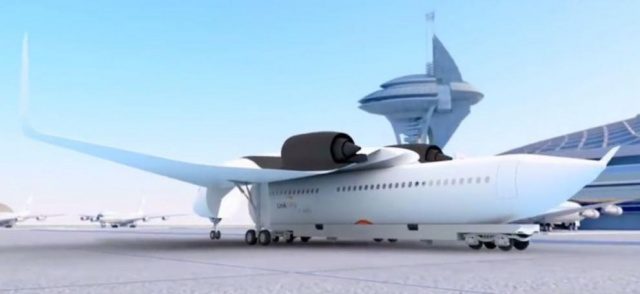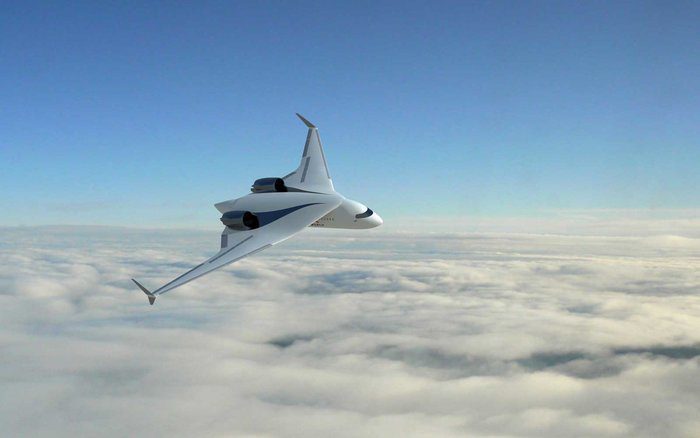Even when you arrive at an airport, your journey to your destination isn’t quite over. You need to grab your luggage and board some other vehicle to reach your hotel or destination. So many unnecessary steps, right? That’s exactly what Akka- and by extension, Maurice Ricci- believe.
The “Link & Fly” plane feels like something out of science fiction. It looks much like a traditional jetliner, but with wings that can be removed. This, in theory, would prevent layovers and allow for pickup/drop-off closer to the passengers’ homes. Essentially, it’s a giant train or subway car that can transform into a plane.
Ricci, Akka’s chief executive officer, said in an interview with Bloomburg that planes are the next step in vehicular evolution. “After cars go electric and autonomous, the next big disruption will be in airplanes.” Their main target is Boeing, who is already relying heavily on both Airbus and Renault in Europe, Akka’s primary market. However, they aren’t opposed to other business’ interest, as an unnamed Asian company has reportedly been intrigued.
As of right now, the Link & Fly is still in mockups with some 3D videos to drum up interest. Akka isn’t riding on the concept’s success but hopes to attract attention with its unique design and showcase parts that could end up in future aircraft. “Planes need to become more efficient,” said Ricci, “less polluting, and less noisy. Our role is to point our customers to technologies of the future.”
The Link & Fly is designed for shorter-range flights, rather than cross-country hauls. It can seat up to 162 with all the seats installed, or freight when they’re removed. With the wings and engine attached, the wingspan would be a total of 160 feet. The full length of the plane is 111 feet and it’s 26 feet high. Also interesting to note: passengers would check in through a retina scan.

Currently, Akka does most of its business in France and Germany. After taking over a Daimler engineering unit in 2010, they’ve been more dependent on car manufacturing rather than planes. They’re hoping that this new design will win over clients in the United States, spurred by their recent purchase of the Texas-based engineering firm PDS Tech.
An unintended bonus of the design is that, on trains, you board the car your seat is in. With planes, you have to walk through first-class and business seats before reaching economy, a major attributing factor to air rage. If the Link & Fly uses the train-style of boarding, this problem could be eliminated, making flights more enjoyable for everybody. Similarly, the need for security and terminals at the airport would be lessened.
Still, there are some safety concerns and drawbacks. The biggest worry is what happens if the wings and fuselage were to detach during flight. Obviously, the result from that would be catastrophic and hopefully avoided at all costs. There’s also the matter of carbon footprint. While trains are a better option of mass-transit for the environment, planes are not. It’s impossible during the concept stage to know which the Link & Fly will take after more.

Still, the combination of planes and trains feels natural, if unexpected. The concept is certainly appealing to consumers and companies alike. The only major hurdle is–pardon the pun–making it fly. But Ricci has a point. Once cars are fully automated and electric, inventors will need something else to improve upon. Focus has already begun shifting towards the sky, and nobody wants to be left on the ground when these ideas finally take off. Maybe a combination plane/train isn’t the strangest or even most unlikely idea after all.
Influence the future and follow our World of Innovation.







